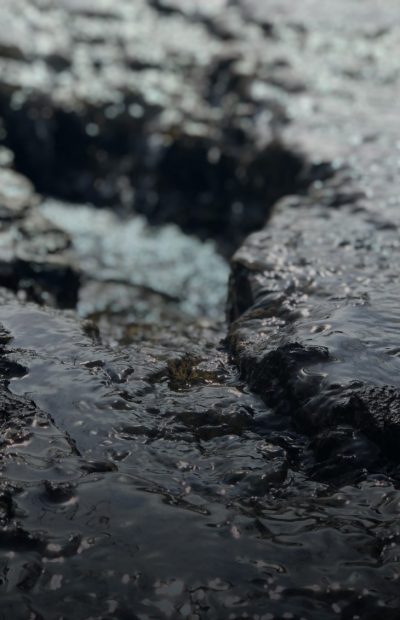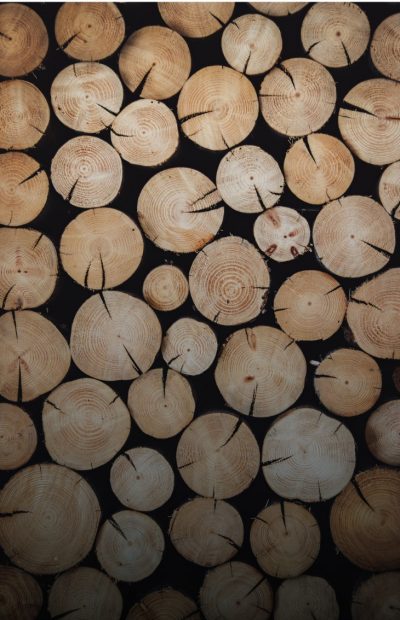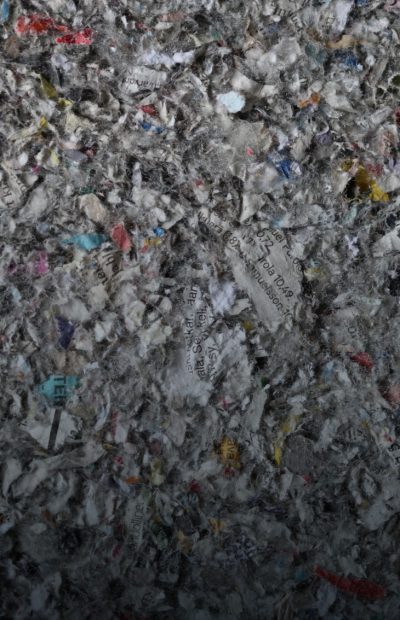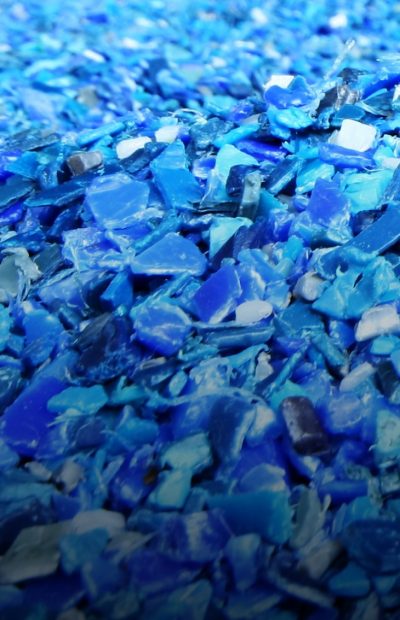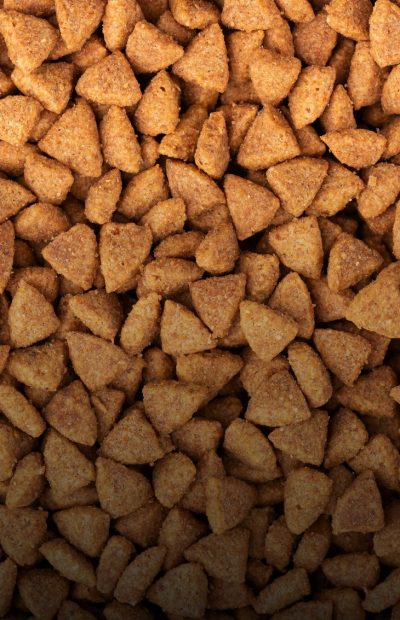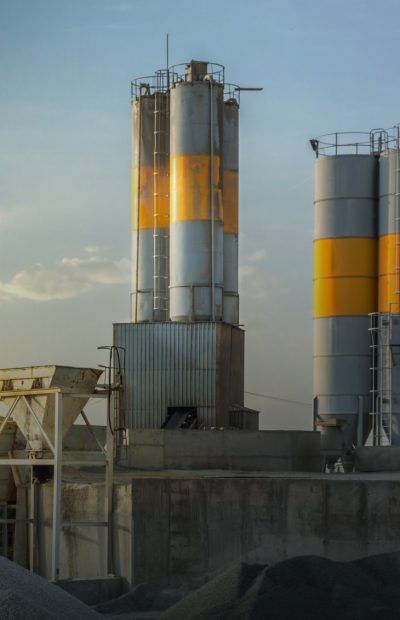Wood Drying – Sustainability, Quality & Energy Efficiency
More value from every cubic meter of wood

According to the German Federal Ministry of Food and Agriculture, there is more wood in German forests than in all other EU countries. 76 million m³ are harvested annually, while 122 million m³ regrow. This makes wood not only a central building material, but also an important energy supplier – and an elementary adjusting screw of sustainable climate policy.
However, sustainability also includes the complete utilization of biomass – and this is precisely where efficient belt dryers from Hans Binder play a decisive role. The demand for high-quality dried wood extends far beyond Germany – it is global.
Unbeatable Advantages at a Glance:
Minimal
Residual Moisture
Precise drying for the highest quality in energy and wood-based material production.
Increased
Calorific Value
Drying increases energy efficiency for pellets, briquettes and firewood.
Storage and Transport Safety
Less moisture means less mold and easier storage.
Recycling of valuable materials
Wood residues and chips are transformed into valuable secondary raw materials for energy or panel production through drying.
Pellet Industry
Heating with renewable raw materials
With the departure from fossil fuels, the demand for wood pellets and briquettes is constantly increasing. Large sawmills and planing mills are taking advantage of this development by pressing sawdust and wood shavings into high-quality pellets.
Before pressing, wood residues often have to be rid of more than 50% moisture. Container belt dryers from Hans Binder bring the material to the desired residual moisture – precisely, energy-efficiently and without the need for large construction projects. The systems are modularly expandable, weatherproof and ready for operation within a few days.

Wood-based Material Industry
Utilization down to the smallest fiber
Wood chips, wood wool, wood shavings or wood fibers are the basic material for fiberboard, chipboard or insulation materials. Before further processing, the material must be dried to a uniform moisture content.
Hans Binder offers suitable belt and container belt dryers for pre- and main drying of fibers, chips and OSB strands. By-products such as sawdust are also given a new lease of life – for example, for pellet production.

Wood Gasification and Wood Carbonization
Electricity and activated carbon from wood
For forest owners and wood processors, wood gasification is an interesting way to generate electricity from industrial wood. Activated carbon or fertilizer is also produced during wood carbonization.
Before both processes, wood chips or shavings must be dried exactly to the required residual moisture. Container belt dryers of the Woody series from Hans Binder offer a modular, efficient and location-independent solution for this.

Wood Processing
Wood waste as an additional source of income
In sawmills, carpentry shops and joineries, large quantities of sawdust, wood shavings and wood residues are produced. Instead of disposing of this biomass at great expense, it can be dried and recycled directly on site – for example, for pellet production.
The weatherproof container belt dryers from Hans Binder do not require an additional building, are flexible to relocate and ready for use within a very short time.

Technology & Processes
Innovative drying,
modularly adaptable
Hans Binder drying systems are designed for a wide variety of wood types and shapes. Whether sawdust, wood chips, OSB strands or coarse chips – each system is modularly expandable, energy-efficient and can be operated with waste heat, biomass or conventional energy sources.

Other Application Areas:
FAQ – Wood Drying
Sawdust, wood chips, wood shavings, OSB strands, coarse chips, wood flour.
Belt dryers have the great advantage that they work with low temperature (80 °C to approx. 120 °C). In addition, the belt dryer has the advantage that a consistent end product with a constant final moisture content is produced.
The dwell time and thus the dry content of the wood can be freely adjusted as required. As a rule, it is dried to between 25% moisture and 8% moisture, depending on requirements and subsequent use.
Unfortunately, this cannot be answered in this way, as we do not have one dryer, but our drying systems are modular and can therefore cover a huge range of performance. However, our belt dryers are built to meet requirements and can cover a performance range from approx. 100 kg/h to 10 t/h water evaporation per line.
Our belt drying systems are able to use a variety of heat sources, such as hot water, superheated water, steam, gas, thermal oil, oil, hot air…
In addition, two or more heat sources can be combined to enable optimal energy use.
Yes, our drying systems are designed for continuous operation (24 hours/7 days a week) and run automatically.
No, the drying process runs automatically. Personnel is only required for daily checks (0.5 hours to 1.5 hours) as well as for maintenance and repair work.
No, all our systems are suitable for outdoor installation and can be installed outdoors without an additional building.
Yes, due to the modular design, the systems can be expanded at any time and the throughput rate can be increased.
No, as a rule, the official dust regulations are significantly undercut.
